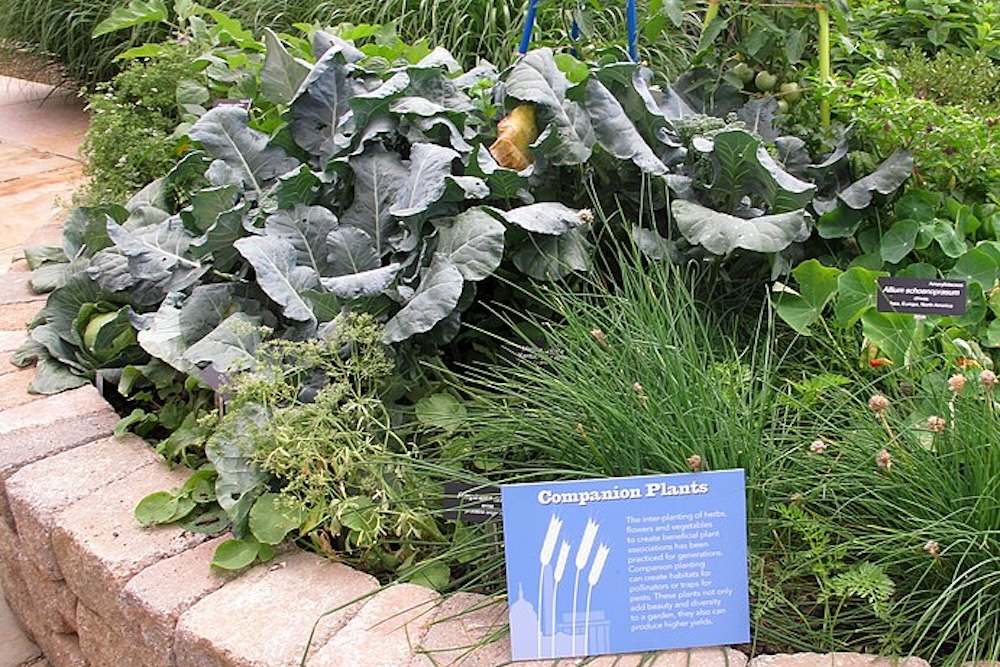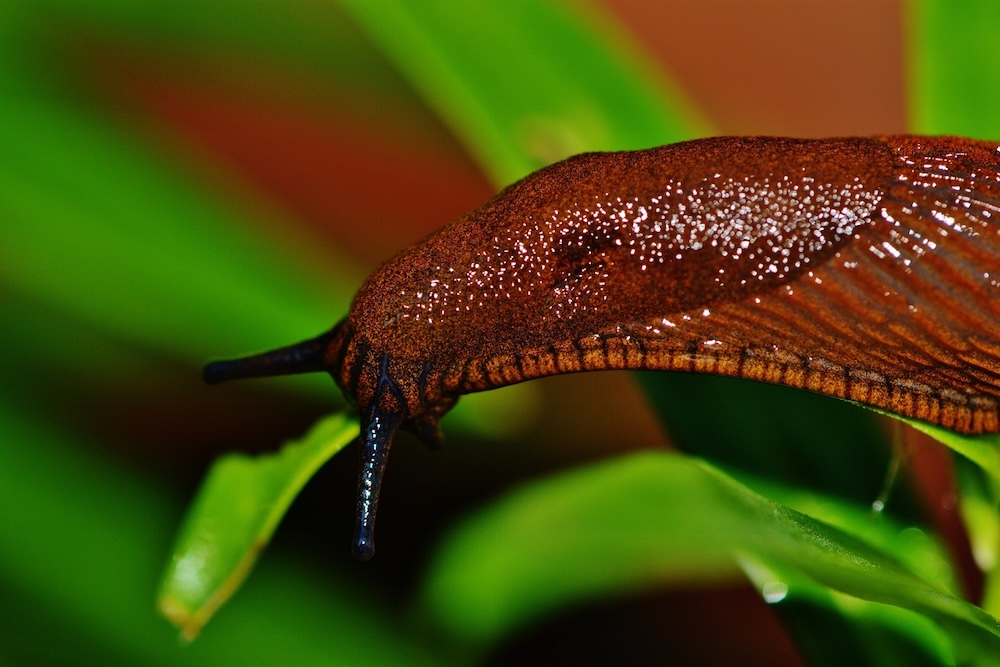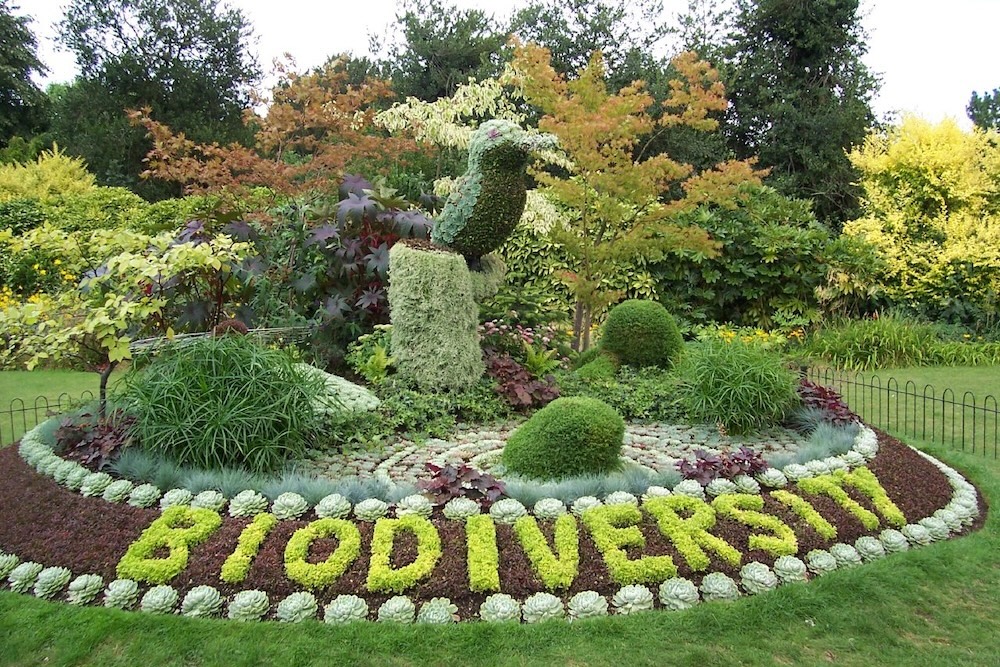These creatures are known to cause significant damage to a variety of plants, turning a once vibrant garden into a landscape of half-eaten leaves and stems.
How Smells Can Confuse Pest Insects in the Landscape
Did you know that certain smells can deter garden pests?
In the intricate dance of nature, smells play a vital role, particularly when it comes to controlling pests. The scent of certain plants can disorient, repel, or even attract certain insects.
Harnessing the power of scent gives us a natural and eco-friendly way to maintain a healthy garden. This innovative form of pest control is gaining popularity among both home gardeners and professional landscape experts looking for a viable alternative to synthetic pesticides, which can have deleterious effects on the environment and non-target organisms.
Of course, this isn’t a silver bullet to keeping pests at bay. It’s simply one method in an Integrated Pest Management (IPM) toolbelt

- Understanding Insect Pests and Their Sense of Smell
- Smell and Pest Control
- Plants That Naturally Repel Pests
- Creating a Fragrant, Pest-Resistant Garden
- 20 Plants to Deter Pests with Scents
- Other Natural Scent-Based Pest Control Methods
- The Benefits of a Chemical-Free, Pest-Resistant Garden
- Daniel’s Wrap
Understanding Insect Pests and Their Sense of Smell
Certain insects, such as aphids, some types of beetles, and certain caterpillars, are common threats to gardens. These pests rely heavily on their olfactory systems (sense of smell) to find food, mates, and suitable sites for laying eggs. The science behind this is fascinating.
The Olfactory System in Insects
The insect’s olfactory system primarily consists of their antennae, which are covered in tiny hair-like structures called sensilla. Each sensillum contains one or more olfactory receptor neurons (ORNs) that can detect different odour molecules. When an odour molecule binds to a receptor on an ORN, it triggers an electrical signal that travels to the insect’s brain, where it’s interpreted as a specific smell.
The Role of Smell in Insect Behavior
Smell guides many aspects of an insect’s behaviour. For instance, insects use pheromones, which are chemical signals emitted by members of the same species, to communicate with each other. These pheromones can indicate the presence of food, warn of danger, or signal the readiness of a mate.
They use this same sense of smell to locate their preferred host plants. This is particularly important for herbivorous insects, as they need to find suitable plants on which to feed and lay their eggs. Certain plants are more attractive to certain insects, especially when the plant is in poor health and low on resources to defend attacks.

Smell and Pest Control
Understanding how insects use their sense of smell can inform pest control strategies. For instance, pheromone traps can be used to lure and trap pests, disrupting their mating and reducing their numbers.
Conversely, certain smells can repel pests, preventing them from locating their host plants, such as planting your at-risk plants near smelly herbs.
Plants That Naturally Repel Pests
Numerous plants exude scents that pests find unappealing or confusing. Marigolds, for instance, emit a strong odour that deters aphids and nematodes. Garlic, too, can repel a variety of pests, including slugs and beetles. Similarly, the aromatic properties of basil make it a natural deterrent for flies and mosquitoes.
These plants work by emitting volatile organic compounds (VOCs) that inhibit pests’ ability to locate their preferred host plants. To get rid of pests naturally, consider incorporating these pest-repelling plants into your landscape. Plant them around the perimeter of your garden or intersperse them among your other plants to create an invisible barrier of protection.
Volatile Organic Compounds (VOCs) are a large group of chemicals that are released into the air from plants. They’re called “volatile” because they can easily turn into gases at room temperature.
Plants produce a wide variety of VOCs, including terpenes, alcohols, aldehydes, ketones, and esters. These compounds are produced as part of the plant’s normal metabolic processes and are often responsible for the characteristic scents of many plants. For example, the refreshing smell of a pine forest is due to the terpenes released by the pine trees, while the sweet smell of roses comes from an alcohol called phenylethyl alcohol.
Plant VOCs play several important roles in the life of a plant. They can act as attractants for pollinators, helping to ensure the plant’s reproduction. They can also act as deterrents or repellents for herbivores, providing the plant with a form of natural defence.
In addition, plant VOCs can serve as a form of communication between plants. When a plant is attacked by pests, it can release specific VOCs that signal other nearby plants to ramp up their own defensive mechanisms. Some VOCs can even attract predators of the herbivores, providing another layer of defence.
The smell of freshly cut turf is the grass’s attempt to make themselves less palatable to whatever it thinks is trying to eat it, while warning their neighbours that they’re about to be grazed upon.
Plant VOCs have significant implications for air quality and climate change. They can react with other compounds in the atmosphere to form ozone and particulate matter, both of which can have negative impacts on human health and the environment. However, some VOCs can also have a cooling effect on the climate by reflecting sunlight back into space.
In the context of pest control, understanding the role of plant VOCs can lead to innovative strategies. For example, certain plants that emit VOCs that repel pests can be used in companion planting to protect more vulnerable crops. Alternatively, synthetic VOCs could be used to lure pests away from crops or into traps.
Creating a Fragrant, Pest-Resistant Garden
Creating a fragrant, pest-resistant garden involves strategic planning. Start by selecting a variety of pest-repelling plants; diversity is key here. Arrange these plants in a way that maximises their scent distribution – consider factors like wind direction and plant height. Regular maintenance, such as proper watering and pruning, is also crucial to ensure your plants remain healthy and continue to produce the necessary VOCs.

20 Plants to Deter Pests with Scents
Here’s a list of 20 plants that you can use in your garden that smell extraordinary to us, but that pests hate.
- Basil: This plant is known to repel mosquitoes and flies.
- Marigolds: These are famed for repelling a wide range of insects.
- Nasturtiums: This plant deters many types of bugs.
- Pelargonium: This plant is renowned for repelling mosquitoes.
- Eucalyptus: The minty, citrusy smell of eucalyptus is off-putting to mosquitoes.
- Petunias: They can ward off aphids, tomato worms, squash bugs, and certain types of beetles.
- Citrus grass: The strong lemon scent of this plant deters many pests.
- Alliums: These plants can repel various pests including cabbage worms, aphids, carrot flies, and slugs.
- Ageratum: This plant emits a smell that mosquitoes find distasteful.
- Chrysanthemums: These flowers are known to deter ants.
- Mint: The scent of mint repels aphids, cabbage moths, flea beetles, squash bugs, whiteflies, and ants.
- Rosemary: This plant repels several insects and is particularly effective against mosquitoes.
- Lavender: The fragrance of lavender deters mosquitoes, flies, fleas, and moths.
- Catnip: This plant is said to be more effective than DEET at repelling mosquitoes.
- Garlic: This plant wards off root maggots, aphids, and carrot root flies.
- Sage: The strong scent of sage can deter a variety of pests.
- Thyme: This herb is effective against whiteflies, cabbage loopers, cabbage maggots, corn earworms, tomato hornworms, and small whites.
- Borage: This plant is known to repel tomato hornworms and cabbage worms.
- Calendula: This plant repels a number of insects and is particularly useful when planted among tomatoes.
- Fennel: The strong aroma of fennel can deter aphids, slugs, and snails.
Beyond Plants: Other Natural Scent-Based Pest Control Methods
Aside from plants, there are other ways to introduce repellent or confusing smells into your landscape. Essential oils, for example, can be quite effective. Citronella, eucalyptus, and lemongrass oils are known to repel a range of insects. You can add a few drops of these oils to water and spray them around your dining area. Homemade sprays made from ingredients like garlic and chilli can also deter pests.
The Benefits of a Chemical-Free, Pest-Resistant Garden
Opting for a chemical-free, pest-resistant garden has multiple benefits. It reduces your exposure to potentially harmful substances, protects beneficial insects, and promotes biodiversity. Additionally, it helps preserve the health of soil and water resources, contributing to overall environmental sustainability.
Daniel’s Wrap
Harnessing the power of smell presents a promising way to tackle garden pests. As we’ve explored, this approach is not only effective but also kinder to our environment and health. We encourage you to experiment with scent-based pest control in your own garden and experience its benefits firsthand.
As more people adopt these natural strategies, we move closer to a future where gardens flourish harmoniously with nature, free from damaging chemicals and pesticides.




This Post Has 0 Comments